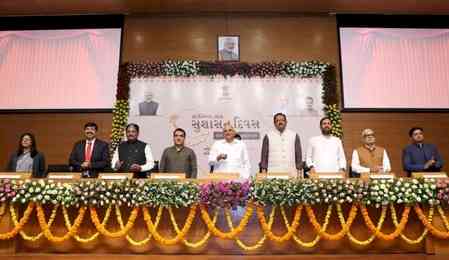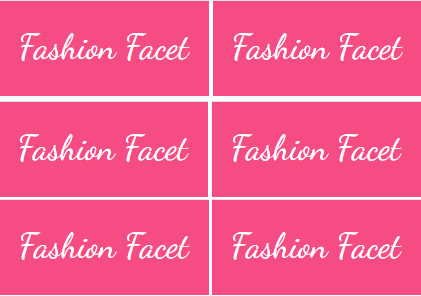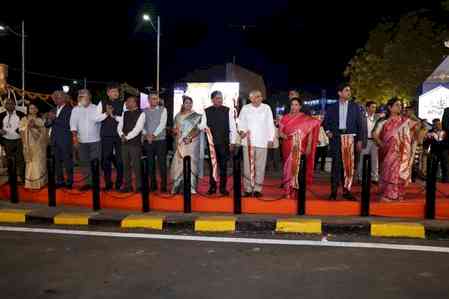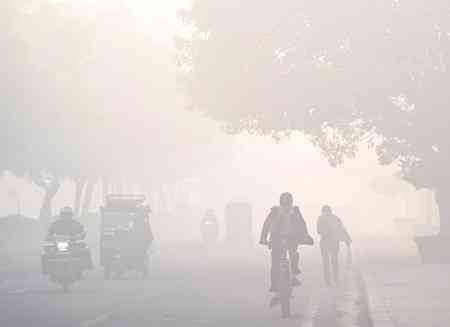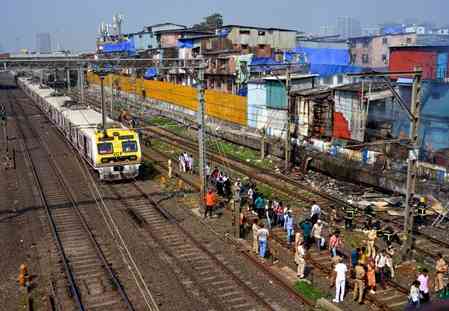Mumbai crosses 11,000 property registrations in August 2025
Mumbai’s property market maintained strong momentum in August 2025, crossing the 11,000-registration mark for the month, according to data released by Knight Frank India. The city, under the Brihanmumbai Municipal Corporation (BMC) jurisdiction, recorded 11,230 property registrations, a marginal 3% year-on-year (YoY) dip compared to 11,631 registrations in August 2024. On a month-on-month (MoM) basis, registrations fell by 11% from 12,579 recorded in July 2025. Despite this moderation, stamp duty collections in August 2025 stood at ₹1,000 crore, a 6% YoY decline from ₹1,062 crore in August last year.
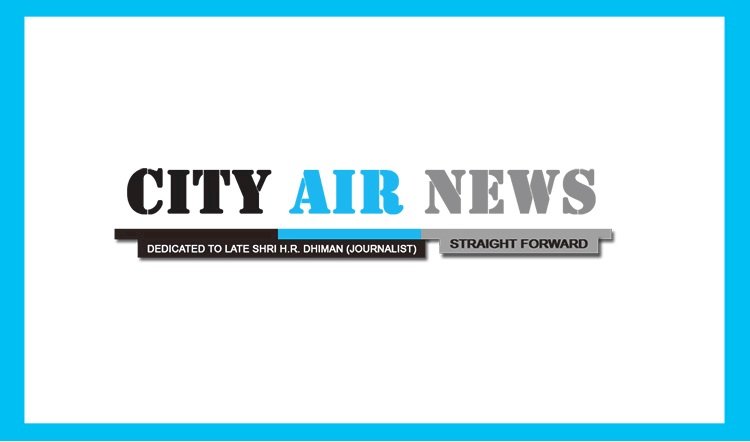
Mumbai’s property market maintained strong momentum in August 2025, crossing the 11,000-registration mark for the month, according to data released by Knight Frank India. The city, under the Brihanmumbai Municipal Corporation (BMC) jurisdiction, recorded 11,230 property registrations, a marginal 3% year-on-year (YoY) dip compared to 11,631 registrations in August 2024. On a month-on-month (MoM) basis, registrations fell by 11% from 12,579 recorded in July 2025. Despite this moderation, stamp duty collections in August 2025 stood at ₹1,000 crore, a 6% YoY decline from ₹1,062 crore in August last year.
Residential transactions continued to dominate Mumbai’s property landscape, accounting for 80% of total registrations in August 2025. Compact apartments emerged as the most sought-after category, with units up to 1,000 sq ft contributing 85% of all registrations. The 500–1,000 sq ft segment remained the most preferred, balancing affordability and liveable space. Larger apartments retained their niche appeal, with 1,000–2,000 sq ft units rising to 13%, while homes above 2,000 sq ft stayed steady at 3%.
Knight Frank’s analysis highlighted a steady uptick in demand for premium housing. Homes priced above ₹5 crore accounted for 6% of total registrations, up from 5% a year earlier. Conversely, the ₹1–5 crore mid-market segment saw a marginal decline, with the ₹2–5 crore range dipping by 3%, which analysts suggest may be a temporary correction.
The Western and Central suburbs remained the epicenter of demand, contributing 86% of total registrations in August. The Western Suburbs led with 54%, followed by the Central Suburbs at 32%. South Mumbai maintained a 7% share, while Central Mumbai slipped to 7% from 11% in August last year, reflecting shifting buyer preferences.
Between January and August 2025, Mumbai recorded over 99,869 property registrations, generating ₹8,854 crore in stamp duty revenues for the state exchequer. This represents a 3% YoY increase in registrations and an 11% rise in revenue, underscoring sustained buyer confidence and healthy sales activity.
With registrations consistently surpassing 11,000 every month this year, industry experts remain optimistic that Mumbai will breach the 1 lakh registration milestone in 2025, reaffirming its status as India’s most active and resilient property market.
Prashant Sharma, President, NAREDCO Maharashtra said, "Crossing the 11,000-registration mark consistently every month is a strong indicator of Mumbai’s resilient housing demand. Despite marginal monthly fluctuations, the market has displayed remarkable stability, supported by robust end-user activity and long-term confidence in real estate as an asset class. Going forward, policy support that addresses affordability in the mid-income segment will be crucial to sustaining this momentum and ensuring broader market participation."
Kaushal Agarwal, Chairman, The Guardians Real Estate Advisory said, "The data clearly shows that homebuyers continue to prioritise ownership despite economic headwinds. The rising share of luxury housing in registrations reflects an aspiration-driven market, while compact homes remain the backbone of sales. With infrastructure projects such as the metro and coastal road expanding, we expect demand to stay strong across both premium and affordable segments."
Shraddha Kedia-Agarwal, Director, Transcon Developers said, "The trend of compact apartments dominating registrations highlights the evolving needs of today’s urban homebuyers, who are looking for efficient, well-designed spaces in connected locations. Simultaneously, the steady rise in luxury housing demand points towards Mumbai’s growing affluent class seeking lifestyle-oriented homes. This balanced demand pattern is what makes the city’s real estate market one of the most dynamic in the country."
Dhruman Shah, Promoter, Ariha Group said, "Reaching close to one lakh registrations within just eight months reflects the strength of Mumbai’s real estate sector. While affordability remains a key driver for compact homes, the uptick in larger apartments and premium housing signals diversification in demand. We believe that continued infrastructure upgrades and supportive government policies will only further enhance the city’s appeal for both homebuyers and investors, especially in key markets like the Western suburbs."


 City Air News
City Air News 

